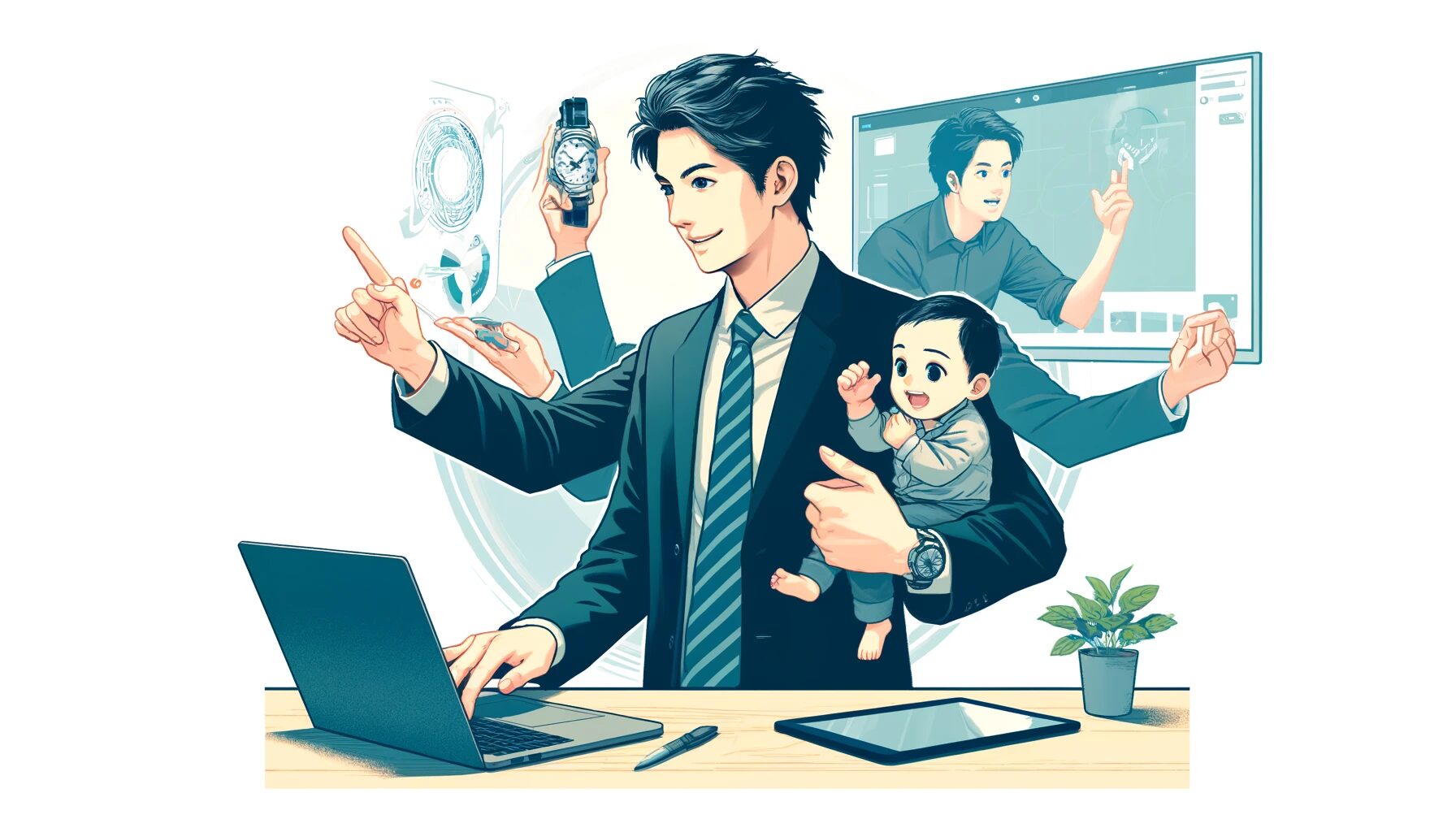What is Role Theory?
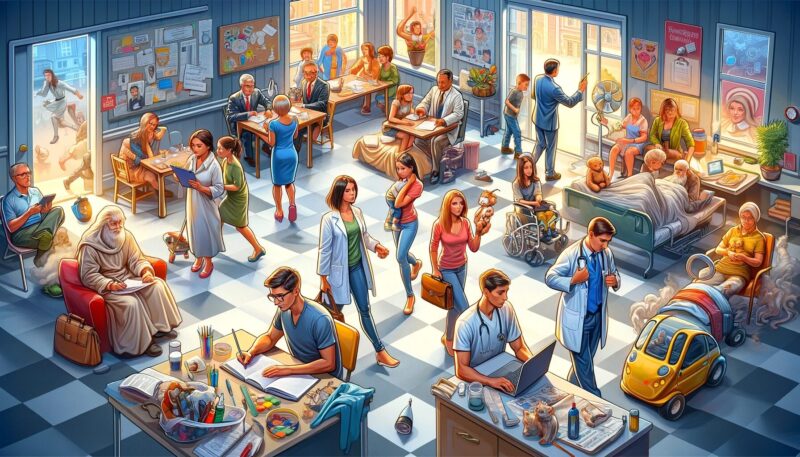
Role theory is a perspective in sociology and social psychology that considers most everyday activity to be the acting out of socially defined categories (e.g., mother, manager, teacher).
Each role is a set of rights, duties, expectations, norms, and behaviors that a person has to face and fulfill.
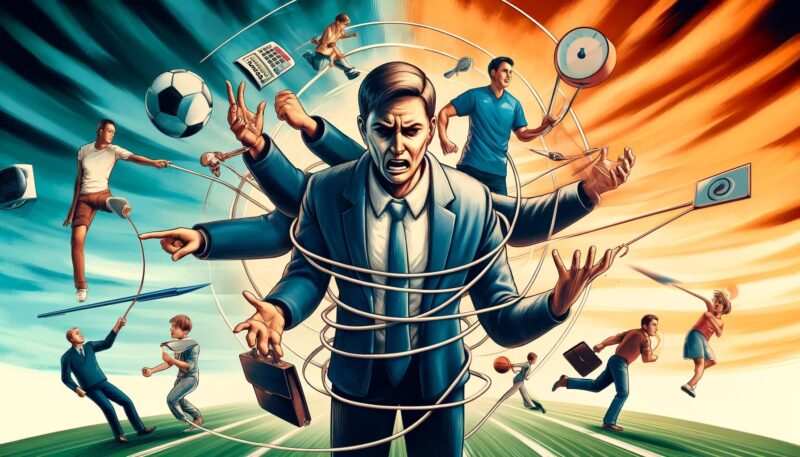
The theory posits that human behavior is guided by expectations held both by the individual and by other people.
These roles are subject to change, but at the same time, they are also sources of social control that influence people’s behavior.
Explanation with Concrete Examples!
Navigating Work and Family Life
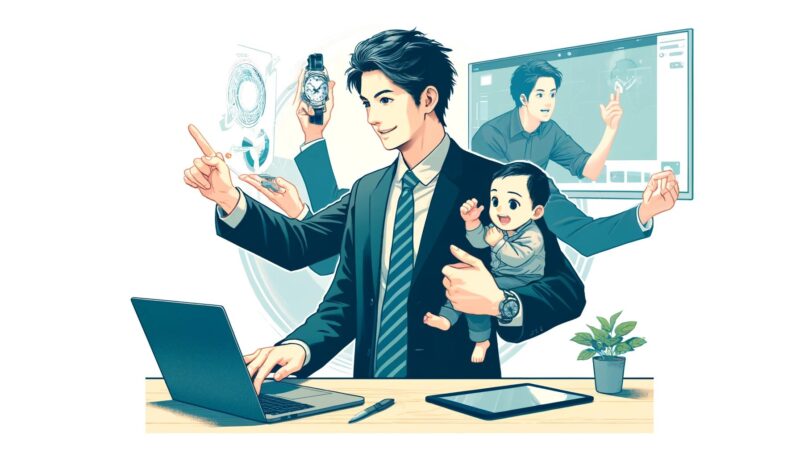
Imagine Yuya-san, a young entrepreneur who recently launched his own tech startup.
Balancing the roles of CEO and a new father, Yuya-san navigates the complex dynamics of leading a company while ensuring he is present for his family.
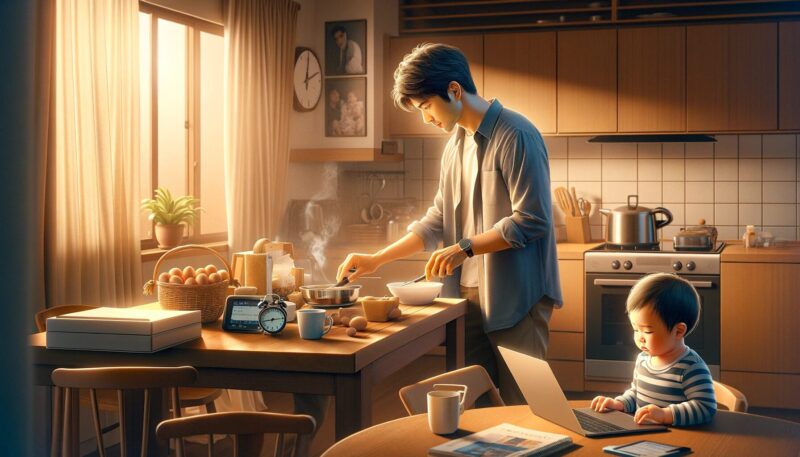
Each day, he switches from strategic meetings and client calls to playing with his toddler and supporting his partner at home.
This story illustrates the role theory aspect of juggling professional and personal identities, showing how Yuya-san manages expectations in both spheres to maintain harmony and success.
Managing Professional Identities
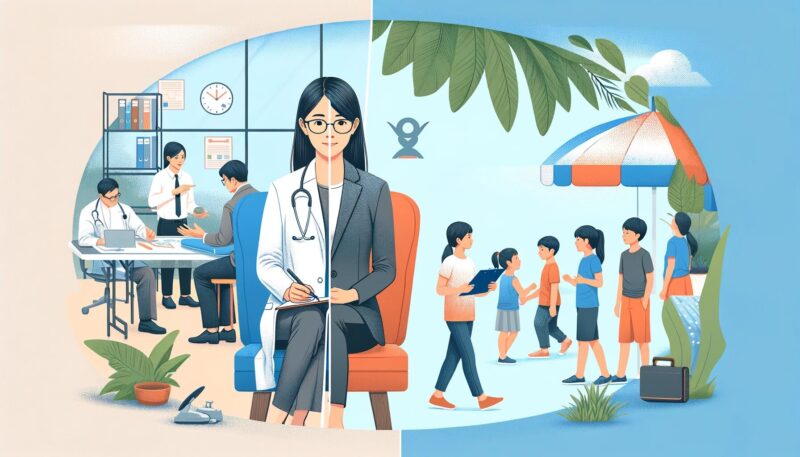
Let’s explore another scenario involving Akari, a clinical psychologist and a community volunteer.
Akari faces the challenge of managing her professional identity at work and her role in the community.
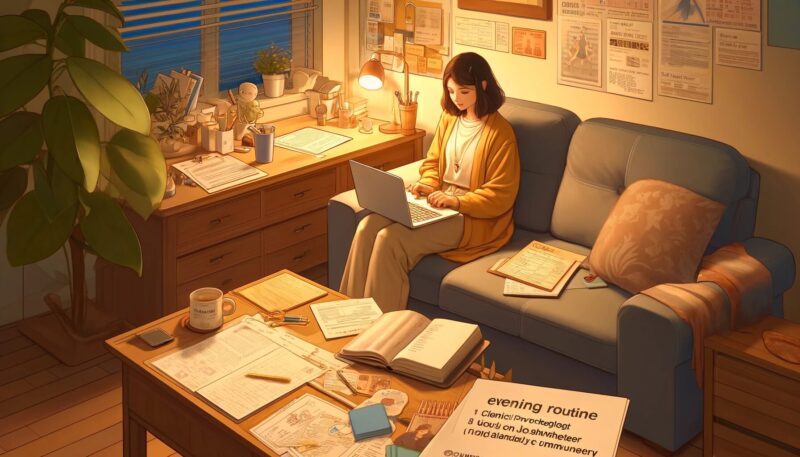
At the clinic, she provides therapeutic sessions, maintaining a compassionate and professional demeanor.
Outside work, she switches to her community role, organizing events and leading initiatives to improve local mental health awareness.
This narrative highlights how Akari uses role theory to navigate between her professional duties and her volunteer activities, keeping her identities distinct yet complementary.
Adapting to Social Changes
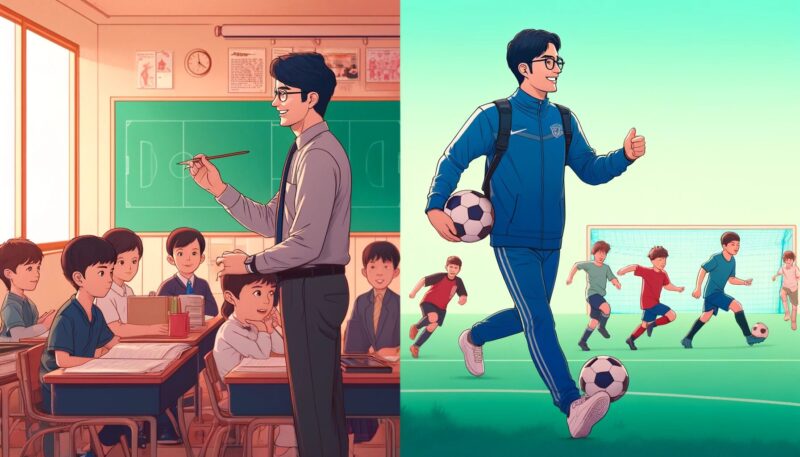
Consider the story of Hiro, an elementary school teacher and a local soccer coach.
Hiro uses role theory to navigate the distinct expectations of his professional and community roles.
At school, he is patient and nurturing, focused on educating young minds.
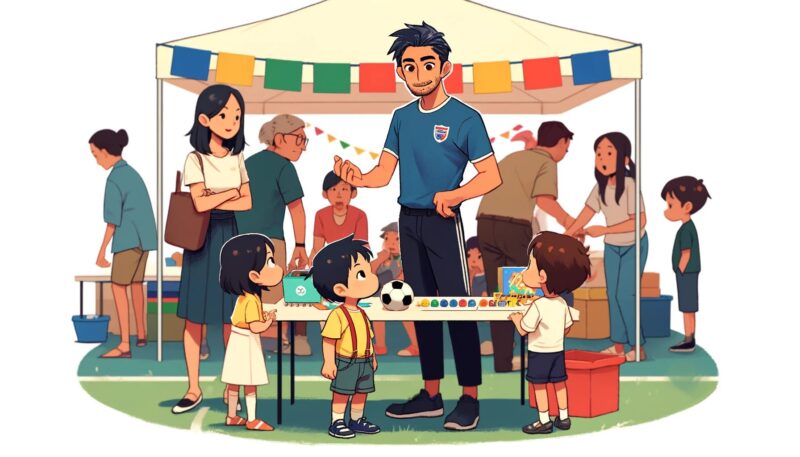
On the soccer field, he switches to being motivational and strategic, coaching children to develop teamwork and athletic skills.
This dual role showcases how Hiro adeptly balances his identity as an educator and a coach, each requiring a different set of behaviors and interactions, demonstrating the adaptability required by role theory.
Summary
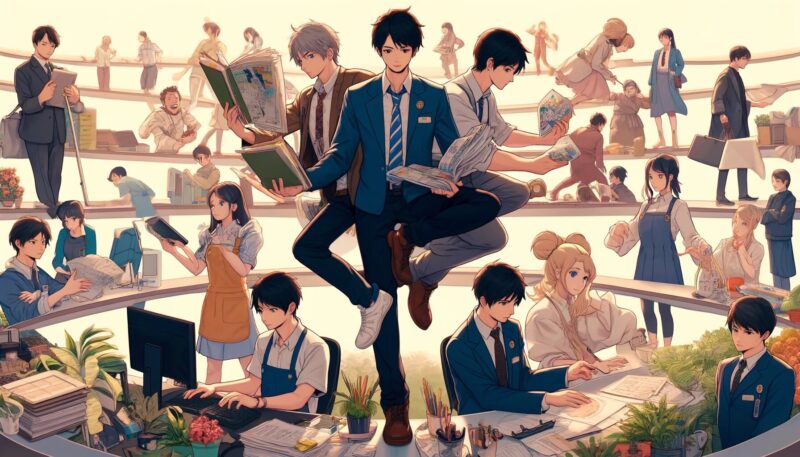
Role theory explains how people’s behaviors are influenced by the roles they occupy within their social contexts.
The examples provided showcase individuals balancing multiple roles in their lives.
Yuya-san balances being a CEO and a new father, managing both corporate and family responsibilities.
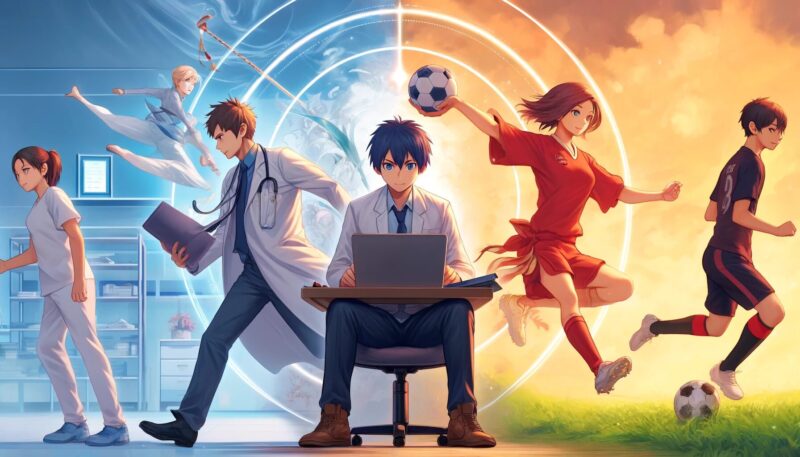
Akari juggles her professional identity as a clinical psychologist with her volunteer work, maintaining distinct yet complementary roles.
Hiro navigates his roles as an elementary school teacher and soccer coach, adapting his behavior to fit educational and athletic environments.
Each story highlights the adaptability and management skills required to handle various societal expectations according to role theory.
This article uses material from the Wikipedia article “Role theory” which is released under the Creative Commons Attribution-Share-Alike License 4.0. Additionally, the texts and images were generated using ChatGPT.

